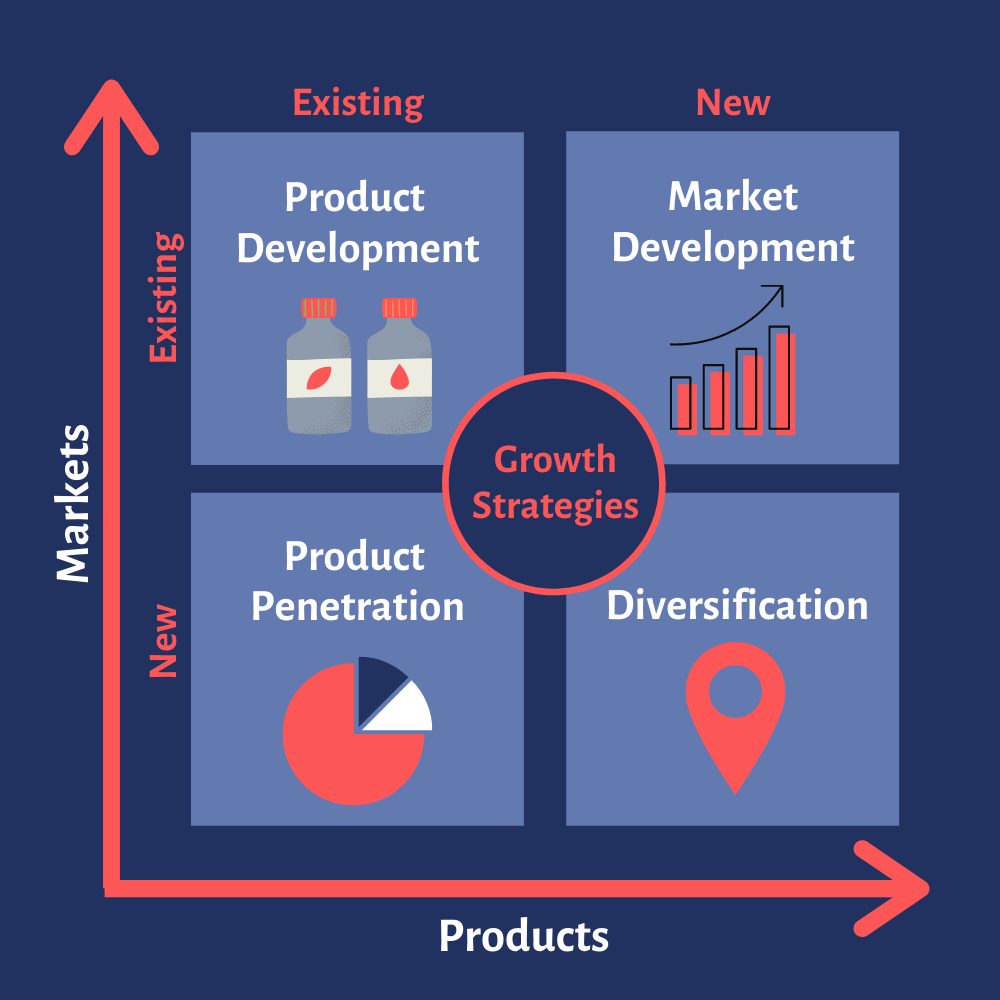Investing In Your Business Strategies For Growth
Welcome to our post on creating a viable business growth strategy for your organization. In today's competitive business world, it's critical to have a solid plan in place for expanding your company's reach and profitability. Whether you're just starting out or looking to take your organization to the next level, a well-designed growth strategy can help you achieve your goals and stay ahead of the competition.

Definition
Before we get into the details of creating your growth strategy, let's take a moment to define what we mean by "business growth." Essentially, business growth refers to the expansion of a company's operations, revenue, and profitability over time. This can take many different forms, including:
- Increasing the number of products or services offered by the company
- Expanding the company's reach into new geographic markets
- Acquiring or merging with other companies in the same industry
- Diversifying the company's revenue streams by entering into new industries or markets
There are many other ways to achieve business growth, but these are some of the most common strategies used by successful companies. The important thing to remember is that growth should be seen as a long-term goal rather than something that can be achieved overnight.
How to Create Your Business Growth Strategy
Now that we've defined what we mean by "business growth," let's take a look at the steps you can take to create a growth strategy for your organization:
Step 1: Define Your Goals
The first step in creating your growth strategy is to define the goals that you want to achieve. These goals should be specific, measurable, achievable, relevant, and time-bound (often referred to as "SMART" goals). For example, you might set a goal to increase your company's revenue by 20% over the next two years or to expand your operations into three new countries within the next five years.
Step 2: Conduct a SWOT Analysis
A SWOT analysis is a tool that can help you identify your company's strengths, weaknesses, opportunities, and threats. By conducting a SWOT analysis, you can gain a better understanding of the internal and external factors that will impact your ability to achieve your growth goals. This can help you identify areas where you need to invest more resources or make changes to your operations in order to achieve long-term success.
Step 3: Identify Your Target Market
One of the most important steps in creating a growth strategy is to identify your target market. This is the group of customers or clients that your products or services are most likely to appeal to. Once you've identified your target market, you can begin to develop a marketing strategy that focuses on reaching and engaging with these customers.
Step 4: Develop Your Marketing Strategy
Your marketing strategy will be critical in helping you achieve your growth goals. This should include a mix of tactics, such as social media marketing, email marketing, content marketing, and advertising. The key is to find the channels that work best for your target market and focus your efforts there. Make sure to track and measure the success of your marketing campaigns so that you can make adjustments as needed.
Step 5: Invest in Your Team
Your employees are your greatest asset when it comes to achieving business growth. Make sure to invest in your team by providing them with the training and resources they need to succeed. This can include workshops, online courses, mentorship programs, and more. When your employees are well-trained and motivated, they will be better equipped to help you achieve your growth goals.
Step 6: Monitor Your Progress
Finally, it's important to monitor your progress and make adjustments as needed. Set up regular checkpoints to review your company's performance against your growth goals. This will allow you to identify areas where you're doing well and areas where you need to make improvements. By staying on top of your progress, you can ensure that you're always moving in the right direction.
Tips for Creating a Successful Business Growth Strategy
Here are some additional tips to keep in mind as you create your growth strategy:
- Be realistic: Set goals that are challenging but achievable.
- Focus on your strengths: Leverage your company's unique strengths to stand out from the competition.
- Don't be afraid to take risks: Business growth often requires taking calculated risks.
- Stay agile: Be prepared to pivot your strategy as needed based on changing market conditions.
- Keep your customers top of mind: Your customers should always be at the center of your growth strategy.
By following these tips and the steps outlined above, you can create a viable business growth strategy that will help your organization achieve long-term success.
Conclusion
In conclusion, creating a viable business growth strategy is essential for any organization that wants to thrive in today's competitive business environment. By defining your goals, conducting a SWOT analysis, identifying your target market, developing a marketing strategy, investing in your team, and monitoring your progress, you can create a roadmap for achieving long-term growth and profitability.
Remember to stay focused on your goals and be willing to make adjustments as needed based on changing market conditions. By staying agile and staying true to your vision, you can build a successful and sustainable business that will stand the test of time.


Post a Comment for "Investing In Your Business Strategies For Growth"